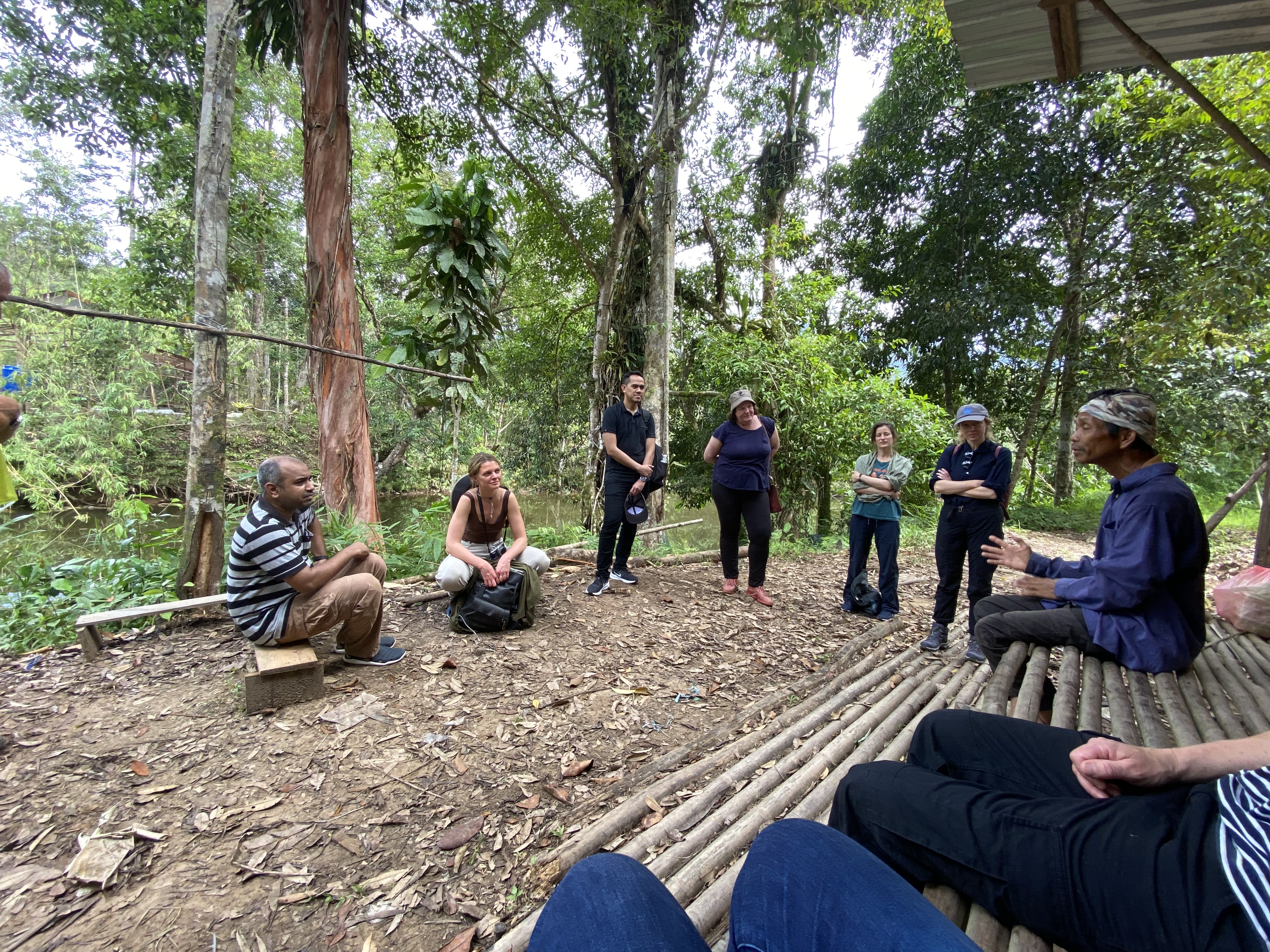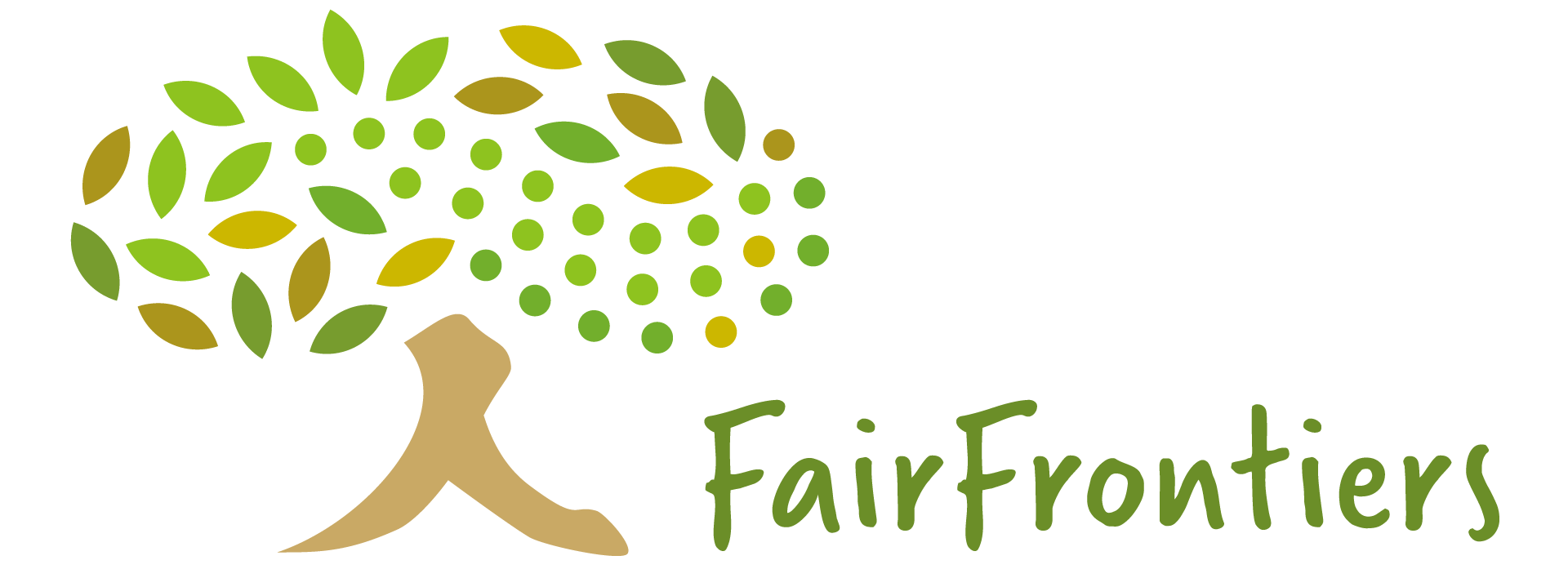It was just before mid-day in May 2022 when we arrive at the Bengoh Dam, after about an hour’s drive from Kuching, the capital of Sarawak. Two local villagers with two boats had been waiting to take us to a Bidayuh settlement on the other side of the dam.
The settlement we visited, currently home to about 17 households, was part of Kampung Rejoi, one of the four villages relocated during the development of the dam in 2010-2014. Half of the households in Rejoi have accepted the government’s resettlement packages and currently live in the designated resettlement area, together with about 200 households from the four villages.
In the middle of our boat ride across the seemingly endless and peaceful lake, Kelvin Egay, our local research collaborator and anthropologist at UNIMAS, asked us to stop for a while. “Please stop!… I just want to show you that we are now right above the former Taba Sait village that was relocated for the construction of this dam. It’s around this area below”, he pointed to the water below us.
When we arrived in Nyegol, we had a chance to hear more from Simo, the community leader, regarding the history of his community’s struggle to defend their customary rights over land and forest against what is so-called “development”. While the construction of the dam is essential for securing raw water for Kuching, the capital city, families in four Bidayuh villages had to make a difficult decision either to move to a designated settlement area or to stay in higher grounds of their ancestral land to continue their lives.

About 17 households refused the resettlement offer and chose to stay on their land. When we asked why they insisted to stay, Simo explained how the land has a strong connection with their ancestors and very important for future generations. “Our ancestors have struggled for this land, so we need to protect it…. Our young generations will also need it in the future. That’s why we decided to stay”, he said.
With such conviction, the remaining community decided to bring their case to court when in later years, the Sarawak government attempted (again) to gazette and take over a large part of their ancestral lands for establishing a national park.
Good for them, they won the legal battle in 2014 after about 7 long years. During our visit, the headman explained that one of the reasons why the community won the court case was their consistency. First, they were consistent in terms of stories and pieces of evidence regarding their community’s long attachment to the land in court. “We are not making up stories. We just tell the truth”, he said. Simo described the long and tedious process (and adventures!) of how he and other community members traversed the entire forest to document stories and place names as a way of delineating the customary forest boundaries. Second, they were consistent in refusing any sort of pre-trial offers from the government to settle the case (e.g. monetary compensation) and signing any “blank papers”. Third, they were consistent in their decision to stay in the village despite intimidation and community division. The struggle was not without costs however, as disagreements and conflicts within the community has led to a split with some households choosing to stay in the resettlement area.
Currently, the headman claimed that the community has rights to about 5000-6000 hectares of forest and land. The win in court made the community more confidence about their rights. “In the last few years we have started accepting people for eco-tourism,” he said. The future certainly looks more secure for Simo and the community.
Post written by: Ahmad Dhiaulhaq
